Austin Powers & the Merciful Blending of Time
 Wednesday, May 27, 2009 at 10:46AM
Wednesday, May 27, 2009 at 10:46AM 
 “Austin Powers” is a piece by Alex Machacek that he, Marco Minnemann and I are working up for the UKZ shows in Japan. The recorded version is on Alex’s recording “[sic]”.
“Austin Powers” is a piece by Alex Machacek that he, Marco Minnemann and I are working up for the UKZ shows in Japan. The recorded version is on Alex’s recording “[sic]”.
This “three-piece suit and a poison pen” of a tune has some of the most challenging rhythms I have ever attempted. The musical worlds that I move comfortably in, all have four, or occasionally three, subdivisions to the beat. The bars could be composed of any numbers of beats - 5, 8, 9, 13, etc... - but each of those beats are broken up in to four small pulses. This is extremely common in even the most complicated of rock and world music rhythms. All of the King Crimson material (except for the short bass break in Lark’s Tongue II - which is five to the pulse) is based on four, or the odd three, pulses to the beat. All of my solo material is based on four small pulses. All of the music that I listen to from Iran, Egypt, Eastern Europe and Africa is based on either four or three to the beat.
However this track, “Austin Powers” leaves this concept behind and the small subdivisions of the beat are mutated beyond this “norm”. One beat is divided in four, the next one in six, the next in 7, then one in five, then the next into 7. Sometimes these subdivisions even include rests on the first note -- leaving you hanging off a cliff for a short split in time.
The odd thing about lumping musical styles together is things that any heavy music, with improvisational solos, that is based on these kinds of rhythms is immediately classified as Zappa-esque. Even if it isn’t. Just like any music that is heavy with big shifting arppegios and loud guitar solos that play jazz-ish lines is classified as Mahavishnu-esque. Even if it isn’t. And again, any music that has odd meters, static harmonies and heavy rock guitars is classified as Crimson-esque. Even if it isn’t.
Interestingly, all three of the above vocabularies appear somewhere in this UKZ show. (“What does it mean, Mini-Me? Don’t they still love us?”)
- - - - - - -
With Alex’s permission I have given some short examples from this piece to illustrate what I am talking about here.
Thankfully my job is to be the bass player -- which means to hold down both the tonality and the pulse. And being that this whole piece is in 4/4 it should be easy, right? Uhhhh... not so fast, buddy. This is because Alex and Marco (the drummer) play these crazy melodies in unison, leaving their bass player holding the oars while they motor all over the bay.
It isn’t possible for me, at least at this point in my life (check back with me in 14 years) to double the melody with them. So I am working on a way to hold “the time” together while they shift in and out like extra-terrestrial clocks.
There are two basic “melodies”, and the second one has a short tag on the end of it. The first isn’t quite as rhythmically out-there; and for this one I am working on: 1. partly holding the pocket, and 2. partly outlining short bits of the melody.
Here is the score:

And here is the audio from the record. You’ll hear a bit of intro and then the melody two times, just as the repetition in the score shows.
I’ll be catching the first half of the melody in bar one, then doing something as yet unknown in bar two. Then catching the first half of the melody in bar three, then playing the bass line as written in bar four. At least this is my current plan. Of course once you take something on stage, it changes and I will follow suit as I rightly should.
- - - - - -
The second melody (the B part) is way more outer-glactica. My job is to play to the bass figure with power chords on the downbeat of each bar. This would be super simple if it weren’t for what the drummer and guitarist are doing.
Have a listen first. Then have a second listen and try to tap 4/4 through the bars. The first chord always comes on the downbeat of each bar.
second example:
Now look at the score. Yikes!!!

Forgetting the tag for a moment, it won’t work to blindly ignore what the guitarist and drummer are doing and just hold my own pulse. Since these guys play it so confidently, if I drift just slightly -- even just one 32nd note -- then we are all off. I am not at this point able to play this melody line - even just the rhythm of it. So my only hope is to learn the contour of the line and slowly fill in the exact rhythms, in my mind, as I get more and more comfortable with it. (We have four shows next week - June 8-11, 2009.)
Ahhhh... but here is where it gets very interesting. Because learning the contour of each of the four bars of this melody (the first four, we are still leaving out the tag at the moment) is not so straightforward. Each bar has it’s own sense of time. In fact each bar has it’s own sense of objective time and it’s own sense of subjective time.
In terms of objective time (which humans, other than Marco, have no organ of perception for), each bar is identical. The bass part hits the one of each bar and each bar is measured by the clock to be the same length. If The Great Being of Saturn were to measure these bars against his cycle around the Sun he would hear them all as equal. Of course they would be zooming by extremely fast, but they would be of identical time length. Old Heavenly Saturn would not be swayed by any subjective sense of time. (Perhaps Marco has some Saturnalian blood? We know the fuel of Uncle Priapus flows in his viens.)
However, that is all in the objective world. Subjectively, the experience of each bar is totally different. The first bar moves along at the known rate which is set up by the previous section. But the second bar moves along much, much slower. The third bar seems almost as expanded as the second bar but not quite as long. And the fourth bar moves along similarly but then picks up its pace and contracts near the end.
I’m not referring to any analysis of the metrical shifts in the rhythms here. I am strictly speaking about my subject experience of the time flowing. Firstly as a listener. And secondly, while I am holding the 4/4 bass line underneath this melody. The second bar is clearly the one that passes time the longest of the four. Yet, they are all objectively the same length.
So in order to play this section I have learned the contour of their line and drop the bass part in accordingly as I hear the line passing through time. If I do it right then my bass part will be locked in to 4/4 at 80 beats per minute -- every bar will be identical. And yet, my experience of playing this is much more like following an actor who is improvising the rhythmic delivery of a fixed text, and every time he says the word “the” I ring a bell. I don’t know in objective time when the “the” will come. But I know the text and I can hearing it coming. I can anticipate their flow and ding at just the right moment.
At least this is my hope! The Japanese fans will get to hear for themselves next week.
Then we have the tag, of two bars, coming right out of the B melody. On the recording you can hear the heavy guitar, on E’s and G, doubling the rhythm of the melody. I am working on that. We’ll see where I end up by the fourth show. This rhythm is identical to the last two bars of the A melody. So at least I am in somewhat familiar territory.
Wish me luck!





 alex machacek,
alex machacek,  marco minnemann,
marco minnemann,  meter,
meter,  time
time 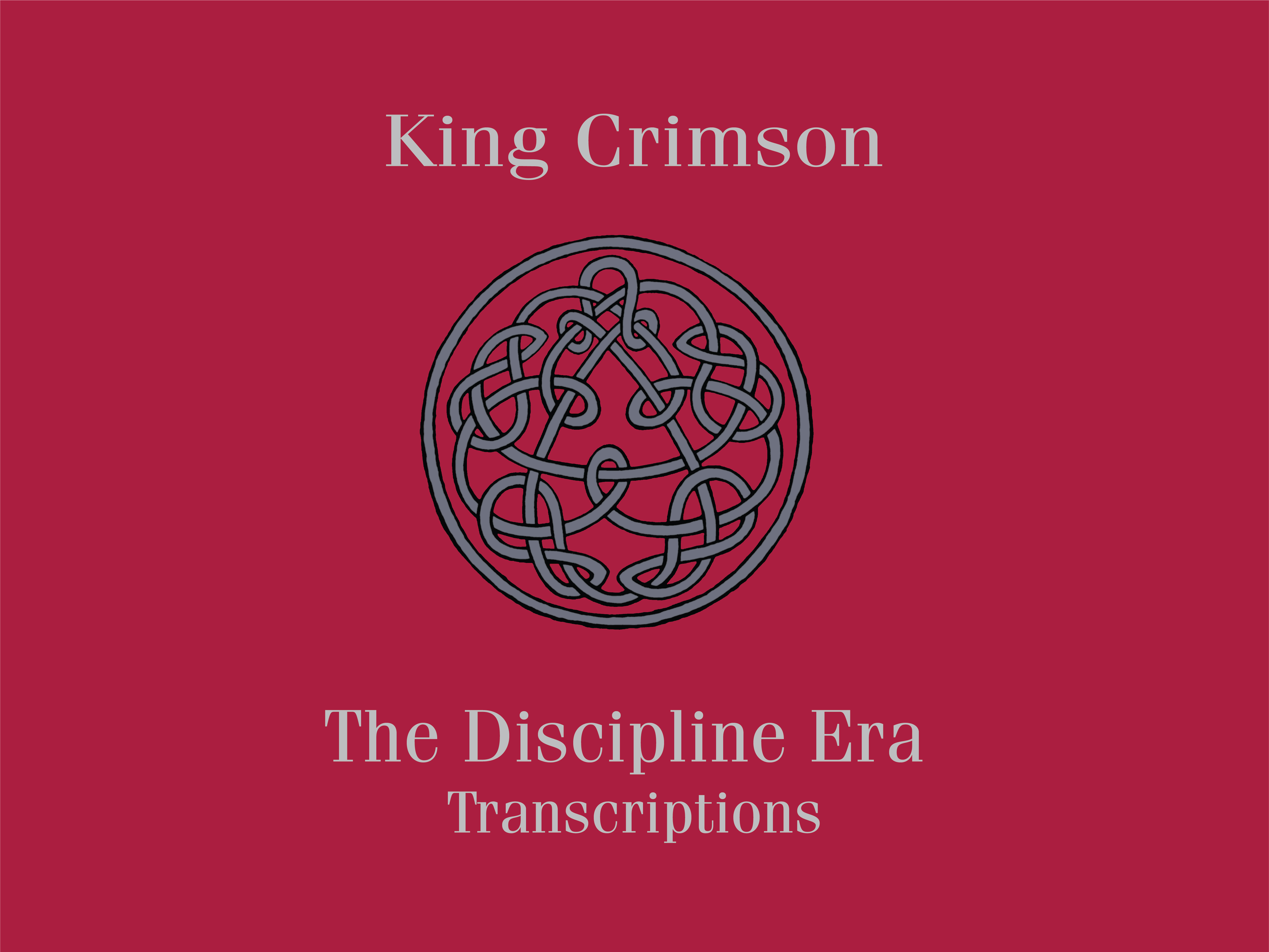
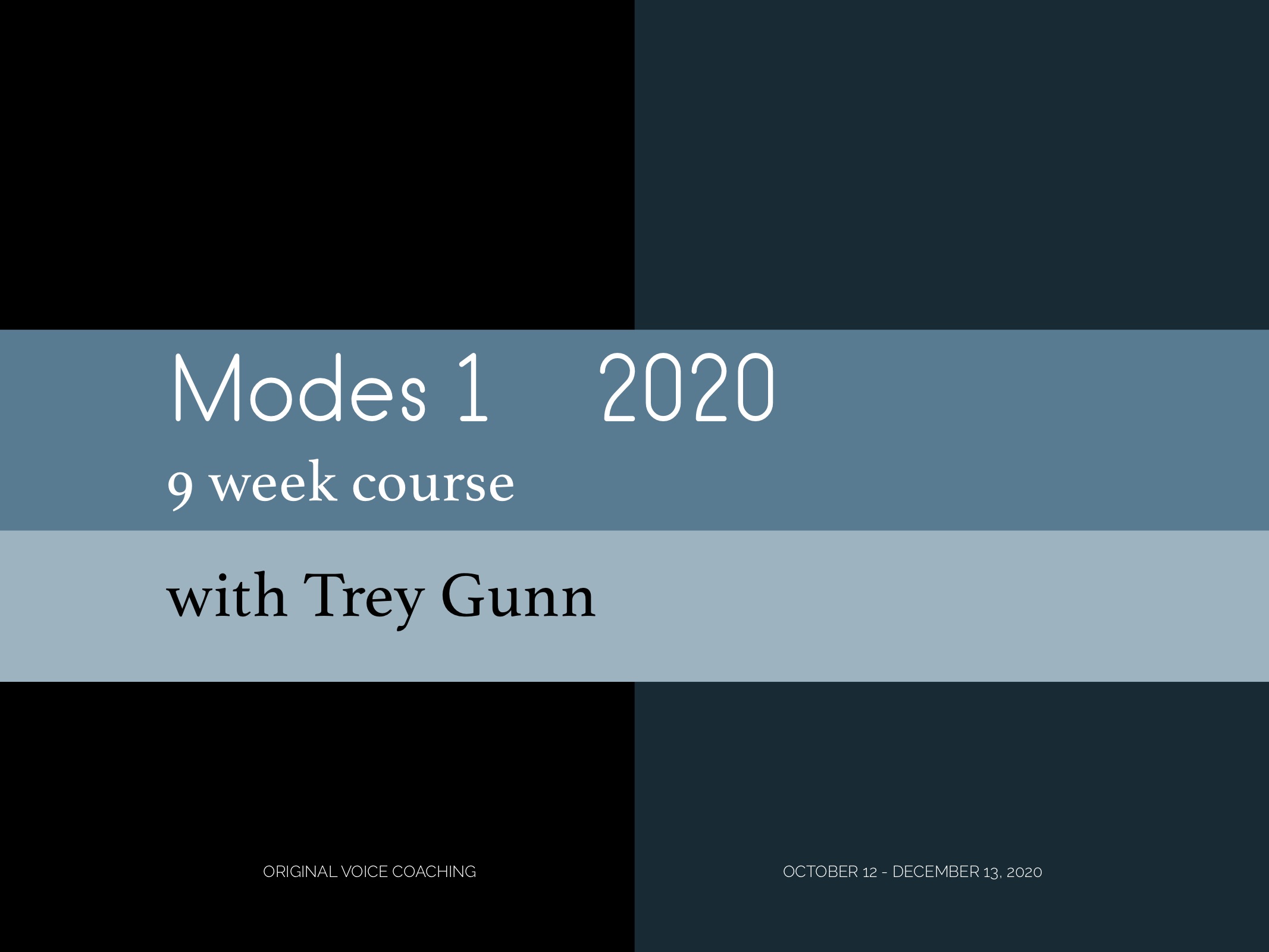



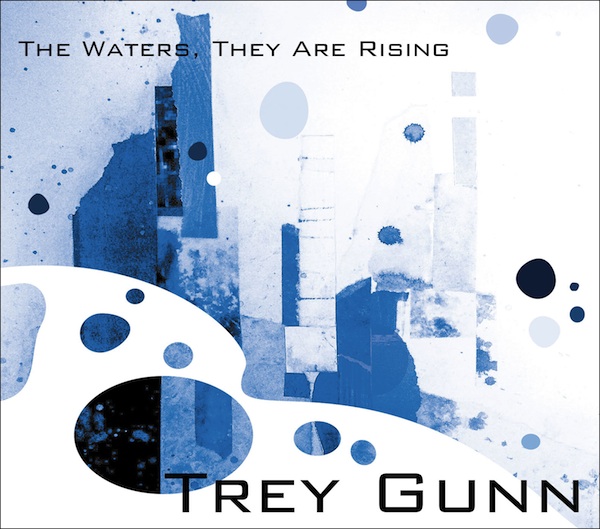
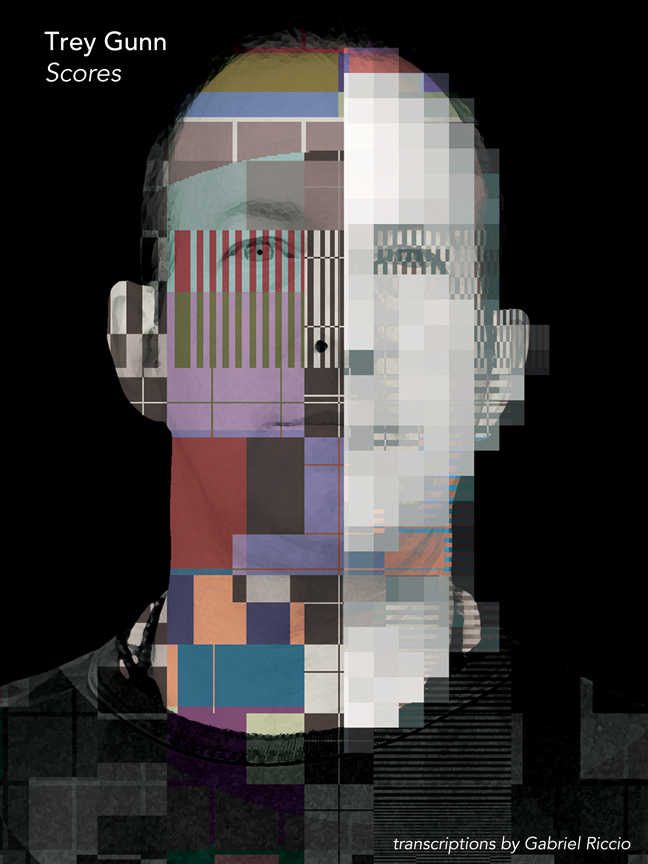

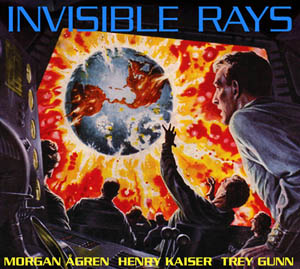
Reader Comments (1)
Dear Trey,
I just recently discovered your Blog after getting familiar with your music some time ago. Your posts concerning music are simply amazing. I've rarely encountered such sensitivity when searching the internet for serious discussions about music. Please continue in the same manner as you have previously.
I chose this particular post to comment on, because I wondered whether you were able to obtain the soundsamples mentioned at all or if you simply forgot to post them here.
Furthermore, the changing divisions of the beat here remind me of the work of some "modern" classical composers, particularly Strawinsky, whose "Le Sacre de Printemps" I've been analyzing recently, first for school, and now privately. It's really astounding, containing complex, multiply divided beats. In "Le Sacre" this results in a very driven, unrestful sound (though not always "unpeaceful", if you know what I'm getting at). I wonder whether this is the case in Alex's piece as well, because while it doesn't contain time signature changes like "Le Sacre" does, the metrical changes are certainly intense enough. I also wonder, whether such a feeling of unrest is always the result, or if it can be softened up via use of dynamics or lack of percussion that solidifies the time.
I just hope you get notified for comments on your blog, otherwise you probably won't read this...
Greets from Germany,